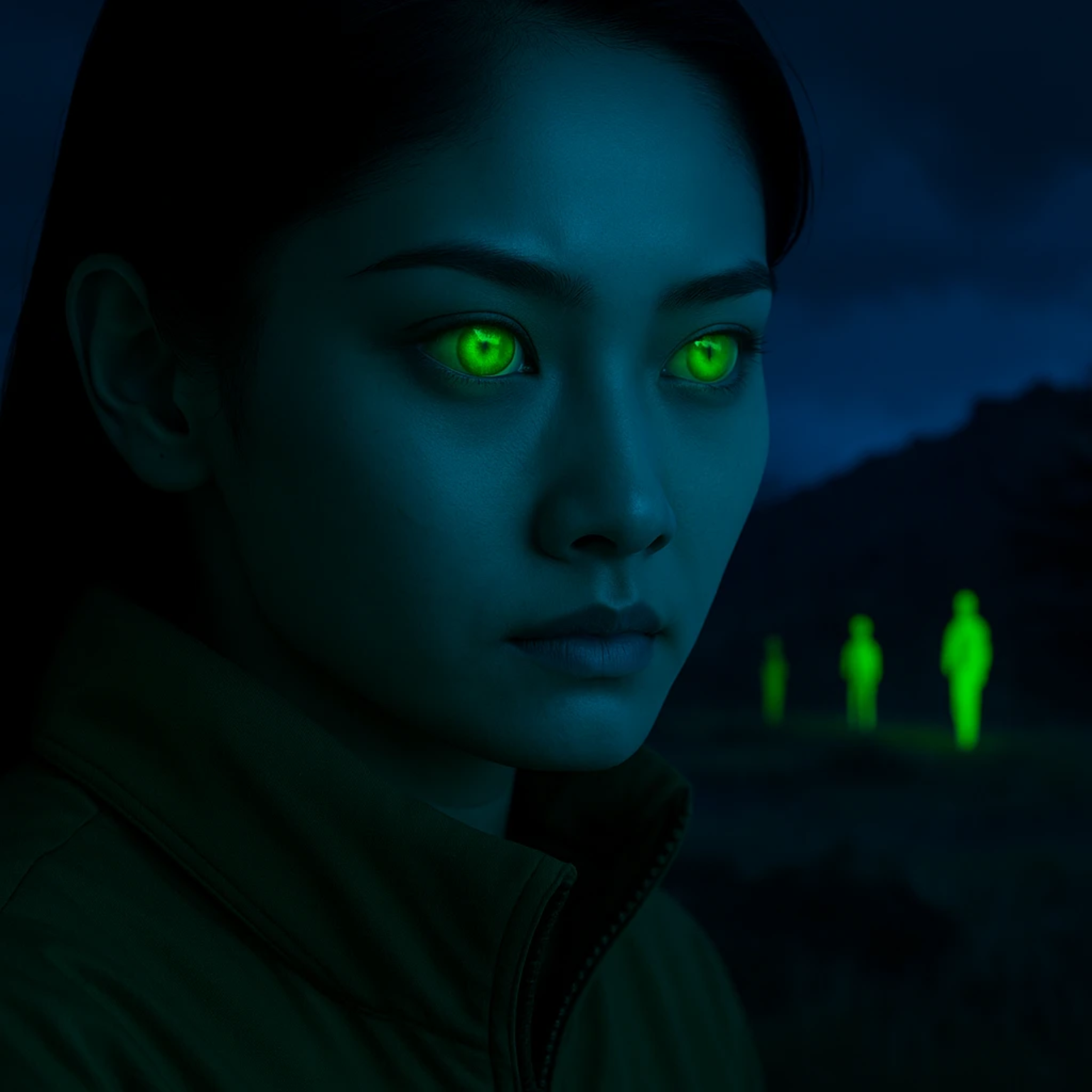Infrared Vision in Contact Lenses: How Close Are We Really?

Viral headlines claim 'night-vision contact lenses' are here — but what does the science actually say? Recent reports have sparked fascination across the tech world, but separating hype from reality reveals a much more nuanced picture.
The Hype
Stories have circulated online claiming that Japanese researchers have built graphene-based contact lenses that allow users to see in total darkness, powered by body heat and the natural motion of blinking. These posts went viral quickly, often featuring futuristic imagery and references to the University of Tokyo. However, the most credible and verifiable breakthroughs in this space come from different research groups — and the truth is both exciting and far less science fiction.
The Science
A team from the University of Science and Technology of China (USTC) and the University of Massachusetts Chan Medical School published a peer-reviewed paper in Cell (May 2025) titled 'Near-infrared spatiotemporal color vision in humans enabled by upconversion contact lenses.' These 'upconversion lenses' (UCLs) embed nanoparticles that absorb near-infrared (NIR) light — wavelengths beyond human vision — and convert it into visible light. This allows wearers to detect certain infrared patterns, effectively extending human sight slightly beyond the visible spectrum.
Human and animal tests showed that the lenses could help wearers distinguish pulsing infrared light sources, even perceiving directionality under controlled conditions. Importantly, the lenses require no batteries or external power — the light conversion is a passive optical process within the lens material itself.
The Limitations
Despite sensational headlines, these prototypes do not provide thermal or 'heat' vision. The lenses currently detect only near-infrared light from specific LED sources — not ambient thermal radiation from people or objects. The converted image is weak, spatial resolution is limited, and the system cannot yet form clear images of real-world scenes. The Guardian and Physics World both noted that the technology remains early-stage and not ready for practical use.
Claims that these lenses are powered by body heat or blinking, or that they can replace military night-vision goggles, are unsubstantiated. The existing research makes no mention of graphene-based power generation or mechanical energy harvesting.
The Potential
While not yet night vision, the upconversion lens represents a major step toward multispectral wearables. Potential applications include biomedical imaging, enhanced low-light navigation, and security authentication systems. Future improvements in nanoparticle efficiency, optical clarity, and integration with augmented-reality systems could bring us closer to practical versions within a decade.

The Flumultus Tech Take
At Flumultus Tech, we view the upconversion contact lens as a credible yet developing technology — one that showcases the direction wearable optics are headed but is not yet ready for consumers. It's an excellent reminder to approach viral claims with curiosity and verification. When these lenses do mature, they could merge seamlessly with smart eyewear and AI-assisted vision tools — a vision of the future we’re keeping a close eye on.
Sources
- USTC Press Release: 'Infrared Vision Achieved Through Upconversion Contact Lenses' (May 2025)
- Cell Journal: 'Near-infrared spatiotemporal color vision in humans enabled by upconversion contact lenses'
- The Guardian: 'Seeing infrared: scientists create contact lenses that grant super-vision' (May 22, 2025)
- Physics World: 'New contact lenses allow wearers to see in the near-infrared' (2025)
- Popular Mechanics: 'Infrared Contact Lenses Give You Superhuman Vision' (2025)